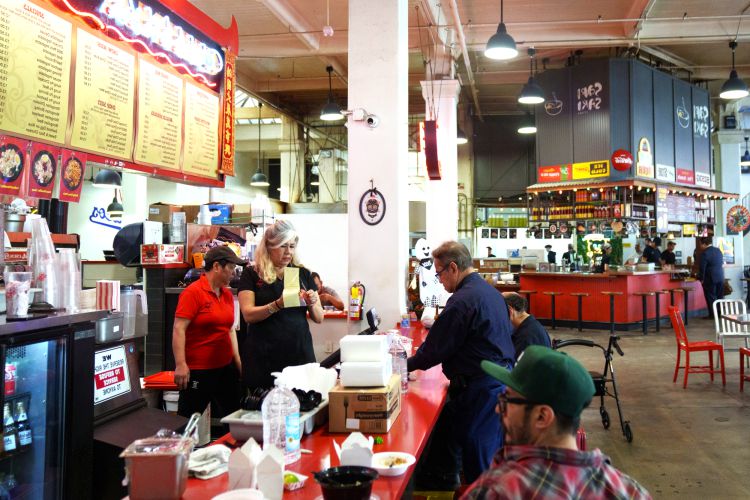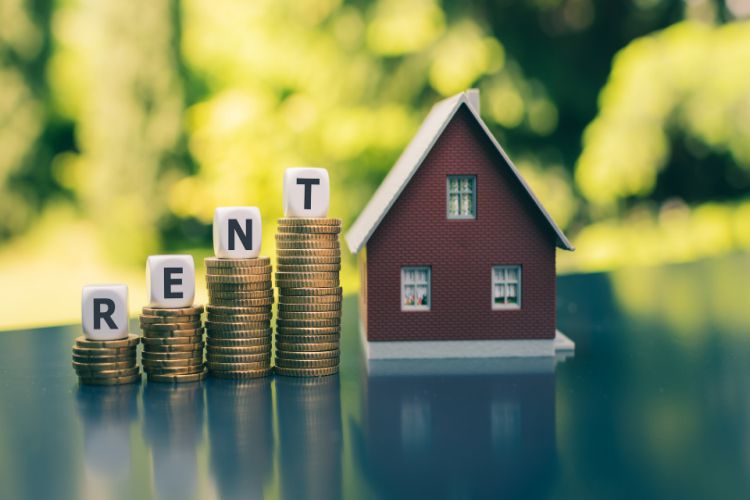 The term “YOLO” (You Only Live Once) refers to the post-pandemic economic phenomenon where consumers were willing to spend freely on luxury items and experiences, driven by a desire to make the most of their lives after the pandemic. However, this free-spending era is now coming to an end, and the shift towards a more cautious approach to spending is being dubbed the “yo, no” economy.
The term “YOLO” (You Only Live Once) refers to the post-pandemic economic phenomenon where consumers were willing to spend freely on luxury items and experiences, driven by a desire to make the most of their lives after the pandemic. However, this free-spending era is now coming to an end, and the shift towards a more cautious approach to spending is being dubbed the “yo, no” economy.
Several factors are contributing to this shift:
- Inflation: Elevated inflation rates are reducing the purchasing power of consumers, making them more cautious about discretionary spending.
- Job Market: The job market is tightening, and workers are growing concerned about job security, leading to reduced spending.
- Covid-Era Savings: Consumers are running out of their pandemic-era savings, which were used to fuel the YOLO economy.
- Reversion to the Mean: As the pandemic’s immediate impact fades, consumers are returning to more normal spending habits, paring back on discretionary purchases and focusing on everyday necessities.
The implications of this shift are significant:
- Consumer Spending: Consumer spending, which accounts for about 70% of the US GDP, is slowing down, which could potentially trigger a recession if it continues.
- Financial Markets: The shift in consumer behavior is causing ripples in financial markets, with the Dow dropping over 1,000 points in recent weeks.
- Federal Reserve: The Federal Reserve’s policy meeting in the coming weeks will be closely watched for guidance on interest rates and the central bank’s outlook for employment, inflation, and interest rates.
Overall, the end of the YOLO economy could have significant consequences for the economy and financial markets, emphasizing the need for consumers to adapt to a more cautious spending environment.




